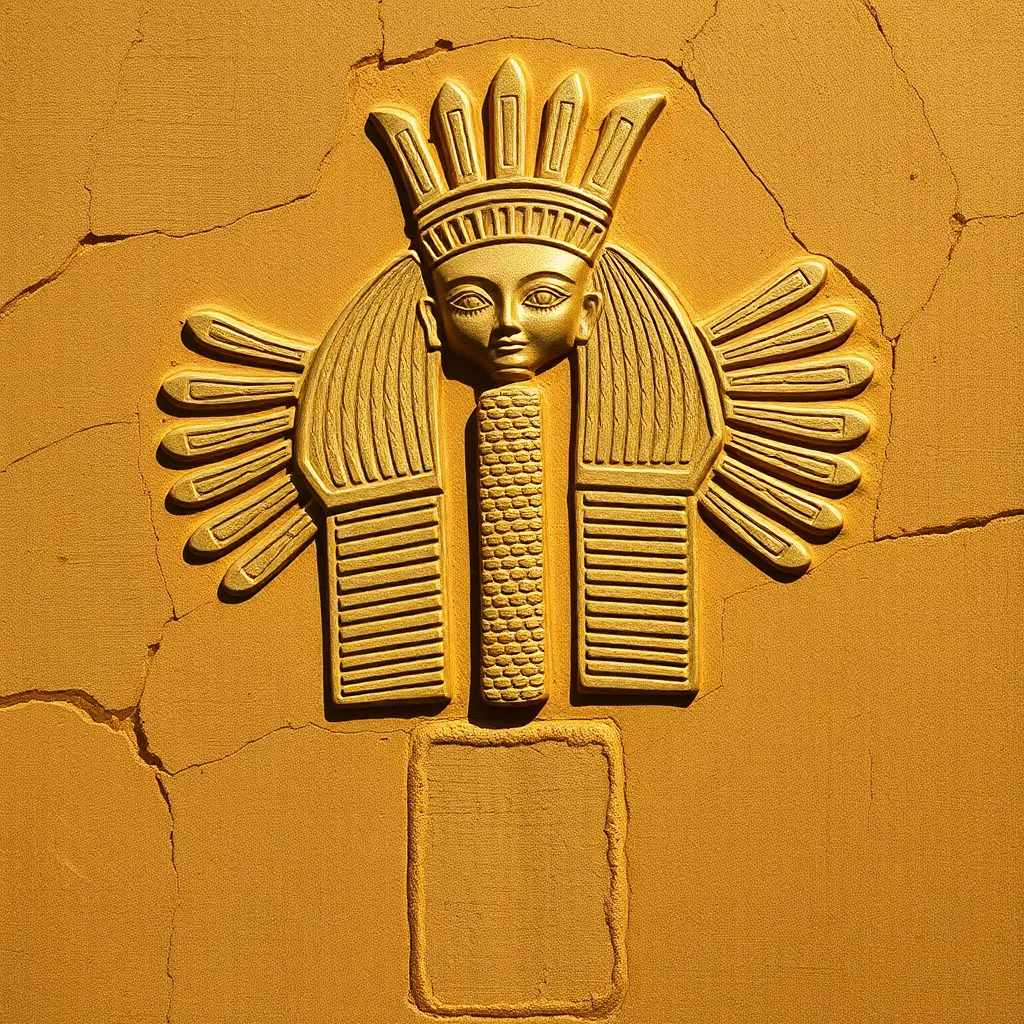The Aten as a Universal Deity: Cross-Cultural Comparisons
I. Introduction
The Aten is one of the most fascinating figures in ancient Egyptian religion, representing the sun disk and embodying the concept of the sun as a life-giving force. As a deity, the Aten holds significant importance, particularly during the reign of Pharaoh Akhenaten, who elevated the Aten to a central position in worship. This article aims to explore the Aten as a universal deity through cross-cultural comparisons, examining its characteristics, influence on other cultures, modern interpretations, and its place among other universal deities.
II. Historical Background of the Aten in Ancient Egypt
The Aten’s origins can be traced back to the polytheistic practices of ancient Egypt. Initially regarded as one of many solar deities, the Aten gained prominence during the 14th century BCE under Akhenaten’s rule.
- Origins of the Aten: Originally a minor deity associated with the sun, the Aten became a symbol of monotheism during Akhenaten’s reign.
- Akhenaten’s Promotion: Akhenaten’s radical changes in religious practices emphasized the worship of the Aten, suggesting a singular divine power.
- Shift to Monotheism: This period marked a significant transition from the traditional polytheistic beliefs, leading to a brief monotheistic state.
This transformation is reflected in various historical records and archaeological findings, indicating the Aten’s unique status during this era.
III. Characteristics of the Aten as a Deity
The Aten is characterized by specific symbolism and attributes that distinguish it from other deities within the Egyptian pantheon.
- Symbolism and Iconography: The Aten is commonly depicted as a sun disk radiating rays that end in hands, often offering ankh symbols representing life.
- Attributes: The Aten embodies qualities such as light, warmth, and life, serving as a nurturing force for all living beings.
- Relationship with Other Gods: Unlike traditional gods who were often depicted in anthropomorphic forms, the Aten’s representation signifies a more abstract and universal concept of divinity.
IV. The Aten’s Influence on Other Cultures
The Aten’s influence extended beyond Egypt, affecting neighboring cultures and contributing to the development of monotheistic religions.
- Aten-like Deities: Similar solar deities emerged in cultures such as Mesopotamia and Canaan, reflecting a shared reverence for the sun’s life-giving properties.
- Monotheistic Traditions: The Aten’s emphasis on a singular divine entity may have influenced early Jewish beliefs and concepts of God.
- Comparisons with Other Sun Gods: The Aten can be compared to figures like Helios in Greek mythology and Ra in Egyptian lore, highlighting common themes of solar worship across cultures.
V. The Aten in Modern Interpretations
In contemporary times, the Aten has been reinterpreted in various artistic and literary forms, reflecting its enduring legacy.
- Representation in Art: Modern artists often draw inspiration from the Aten’s symbolism, exploring themes of light and divinity.
- Universalism and Spirituality: The Aten is discussed in the context of universalism, representing a shared spiritual heritage across cultures.
- Modern Religious Movements: Some contemporary spiritual movements cite the Aten’s worship as a model for their beliefs in a universal deity.
VI. Comparative Analysis of the Aten and Other Universal Deities
When comparing the Aten to other universal deities, several similarities and differences emerge.
- Similarities: The Aten shares characteristics with universal deities like Brahman in Hinduism and God in monotheistic faiths, emphasizing the concept of a singular divine essence.
- Differences in Worship: Worship practices surrounding the Aten were unique to ancient Egypt, contrasting with the diverse rituals associated with other universal deities.
- Divine Light: The concept of divine light is a recurring theme in many religions, symbolizing enlightenment and truth, which is central to the worship of the Aten.
VII. Critiques and Controversies Surrounding the Aten
The Aten’s role in ancient Egyptian religion has not been without controversy, leading to various scholarly debates.
- Interpretation of Akhenaten’s Reforms: Historians and Egyptologists continue to debate the motivations and implications of Akhenaten’s religious reforms.
- Legacy After Akhenaten: The Aten’s worship diminished rapidly after Akhenaten’s death, leading to questions about its lasting impact on Egyptian society.
- Modern Critiques: Some scholars argue against viewing the Aten purely as a universal deity, suggesting that such interpretations may overlook the complexities of ancient Egyptian beliefs.
VIII. Conclusion
In conclusion, the Aten serves as a remarkable case study in the exploration of universal deities across cultures. Through cross-cultural comparisons, we find common threads in themes of light, divinity, and the human quest for understanding the sacred. The Aten’s legacy endures, inspiring contemporary discussions on spirituality and the nature of the divine. The importance of studying figures like the Aten lies in their ability to bridge cultural divides and illuminate our shared human experience.




